People
September 2, 2022
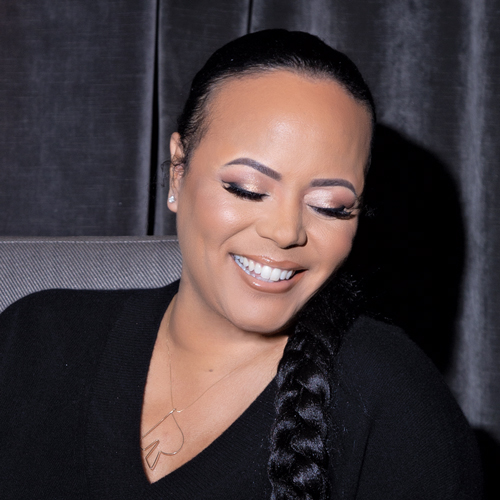
Hollywood Husky
Collaborating with Will Smith and Dave Chappelle is all in a day’s work for one of TV’s leading women directors.
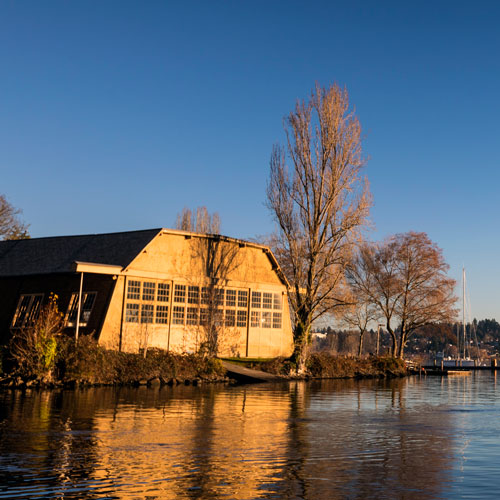
Ever forward
Thanks to a catalyzing donation, the ASUW Shell House—a location with a rich history—is on the way to being renovated for another century of service for campus and the community.
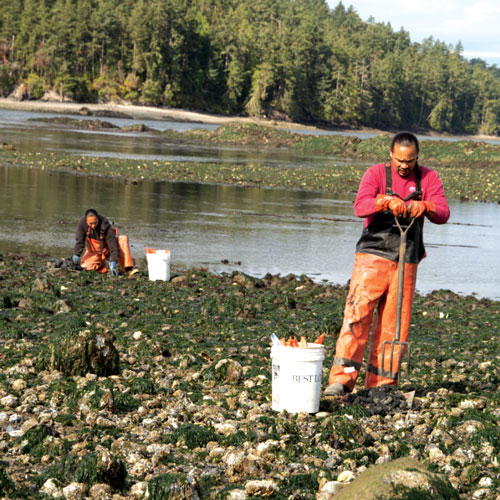
Hellish for shellfish
After an unprecedented Pacific Northwest heat wave, shellfish died at alarming rates. Tribal scientists and UW researchers figure out why.
September 1, 2022
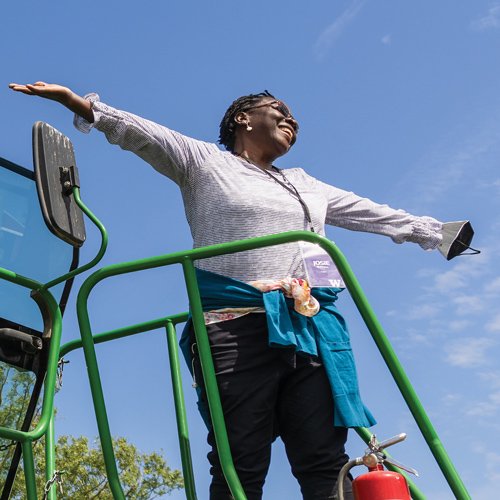
State of happiness
Early each summer, the University organizes a statewide field trip to introduce new faculty and administrators to Washington.
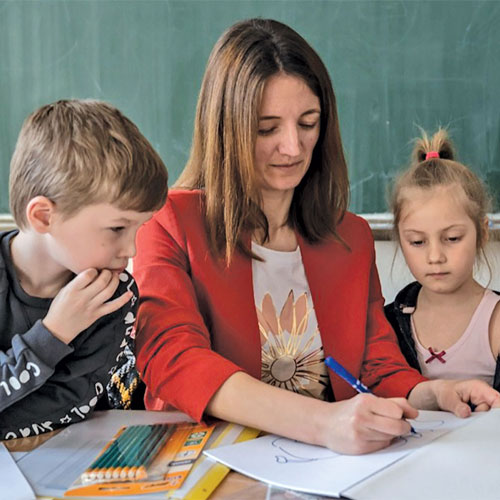
School in wartime
Anastasiia Konovalova and her colleagues create normalcy for 350 Ukrainian schoolchildren living in Romania.
August 31, 2022

The Poet Laureate
Ada Limón, the 24th poet laureate of the United States, gives UW Magazine a glimpse into her process.
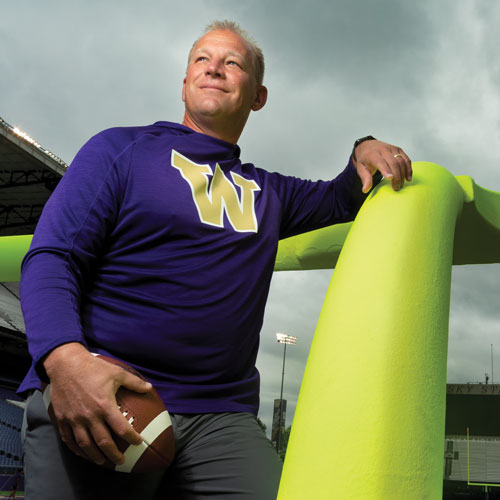
Touch Down
There's a new head coach in town: Kalen DeBoer shares his insights on the upcoming season with editor Jon Marmor.
August 10, 2022
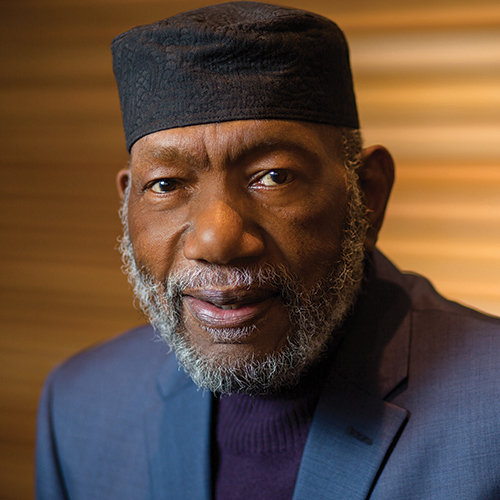
MAP Maker
A “true leader,” Thaddeus Spratlen brought dignity, dedication and a scholarly approach to the Multicultural Alumni Partnership.
August 5, 2022

100 and counting
Once self-described as shy, the sociable Yvette Gunther, '45, now enjoys dance classes and public speaking. She recounts her time at the UW during World War II.
July 22, 2022
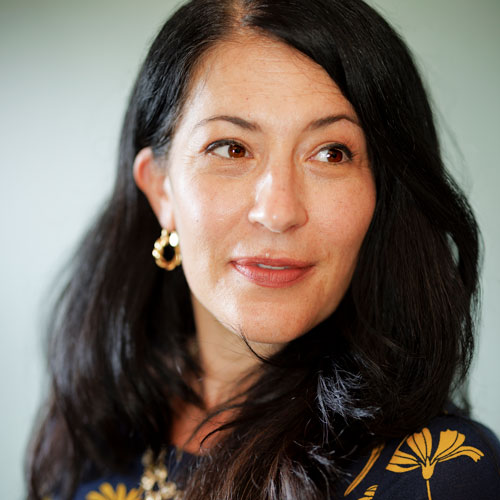
Ada Limón, ’98, named 24th U.S. Poet Laureate
The 1998 drama graduate received the nation's highest honor in poetry.
July 21, 2022
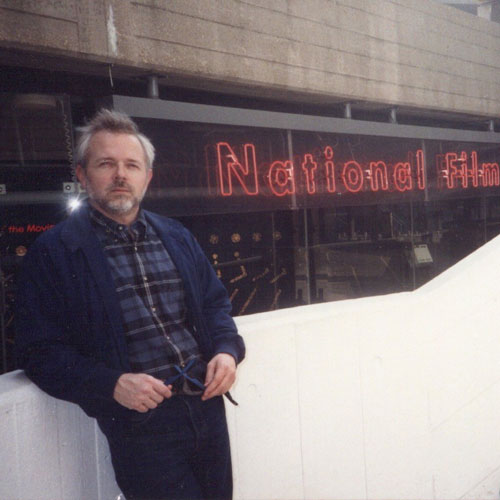
A tribute to John Hartl, ’67, Seattle’s greatest movie critic
Famed movie critic John Hartl had a thoughtful eye, an unusually high IQ and an encyclopedic knowledge of film.
June 15, 2022
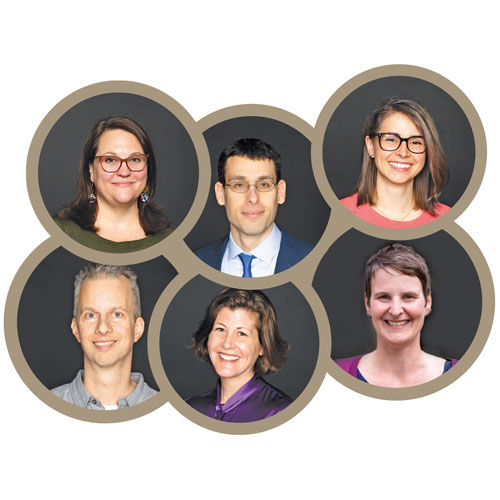
Good, better, best!
They garden, they read, they cook and they dream of becoming dentists. Teachers: They're just like us! But these six are the cream of the crop.
May 30, 2022
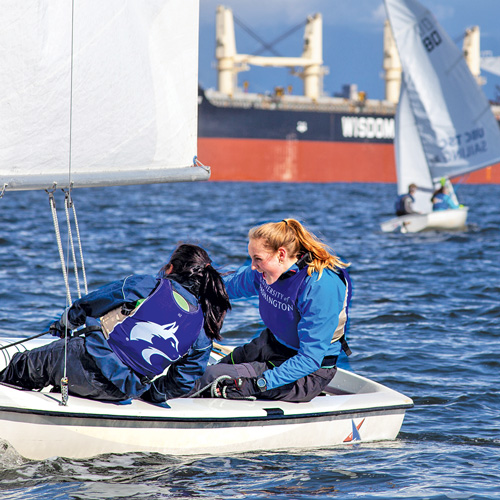
Clear sailing ahead
A new nonprofit called the Husky Sailing Foundation aims to create a more stable future for a sports club that dates back to 1948.

JoAnn Taricani, 1953-2022
School of Music Director JoAnn Taricani brought joy to her students and colleagues over more than four decades before her sudden death Feb. 1.
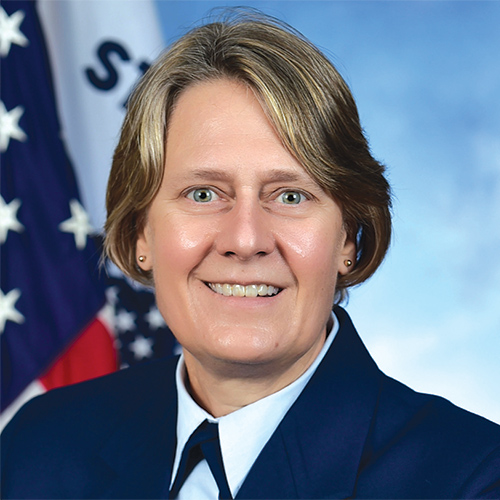
High-water mark
Linda Fagan will continue to put her UW master’s degree in marine affairs to good use in her new role leading the U.S. Coast Guard.

Dreaming of America
Wes Hurley has built a community of allies from his time at the UW, and it’s paying off.
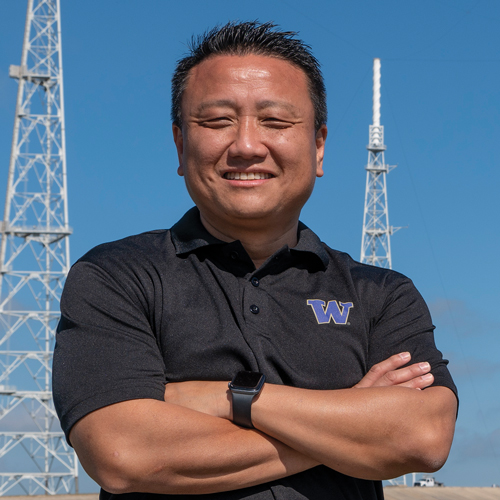
‘Star Wars’ to the stars
NASA is going back to the moon and planning to land humans on Mars, thanks in part to Orion manager Howard Hu, ’91, ’94

The heart of health care
Through public health crisis, nursing leader Pam Cipriano, ’81, has delivered doses of hope and advocacy. The 2022 Alumna Summa Laude Dignata award recognizes her service.
May 29, 2022
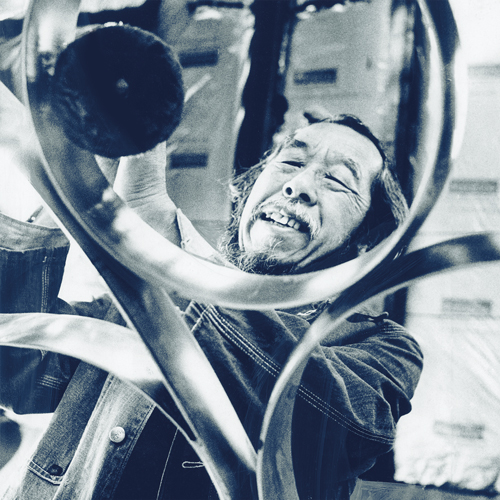
Stolen beauty
The story of the shocking theft, destruction and replacement of George Tsutakawa’s sculptural gates at the Washington Park Arboretum.
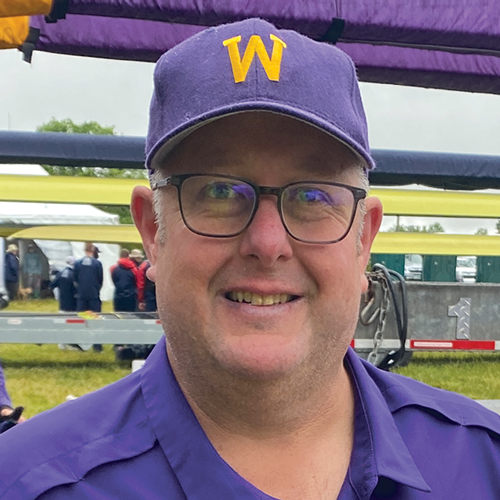
Media man
For the past 31 years, Jeff Bechthold has worked in sports information for the UW athletic department. He handles Husky football and crew.